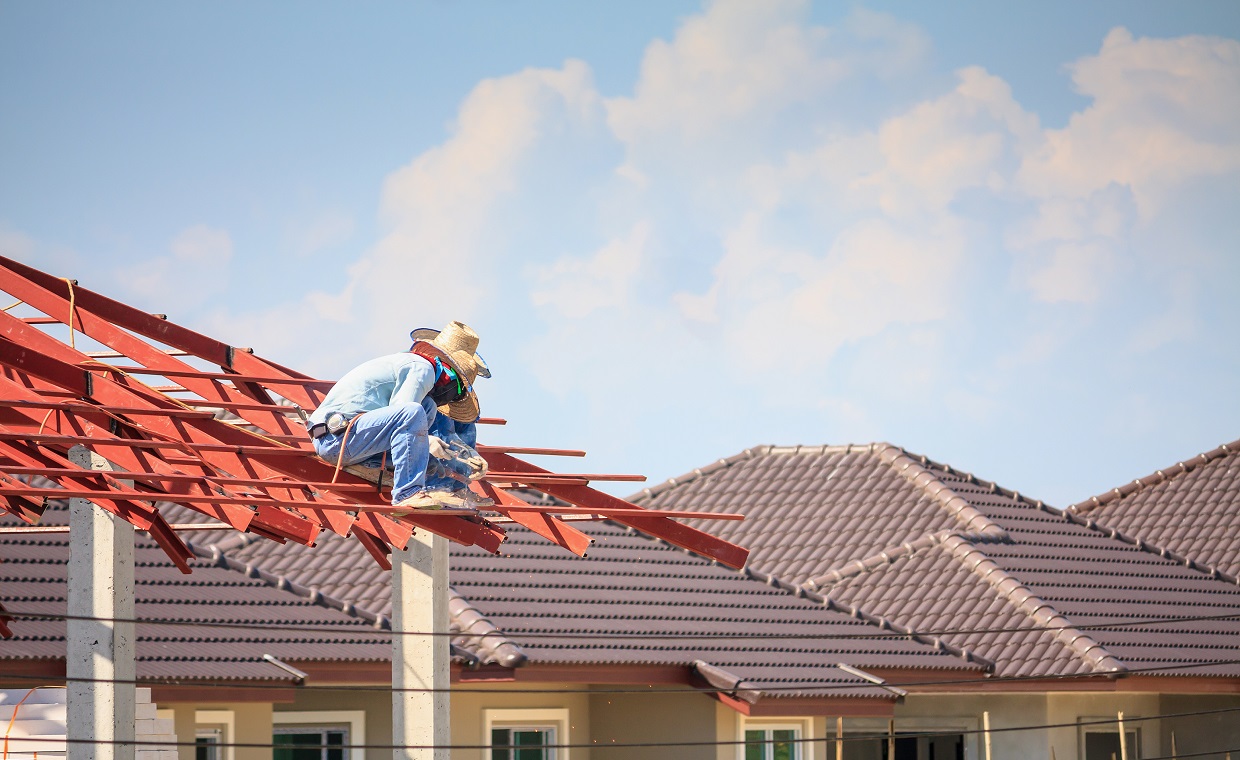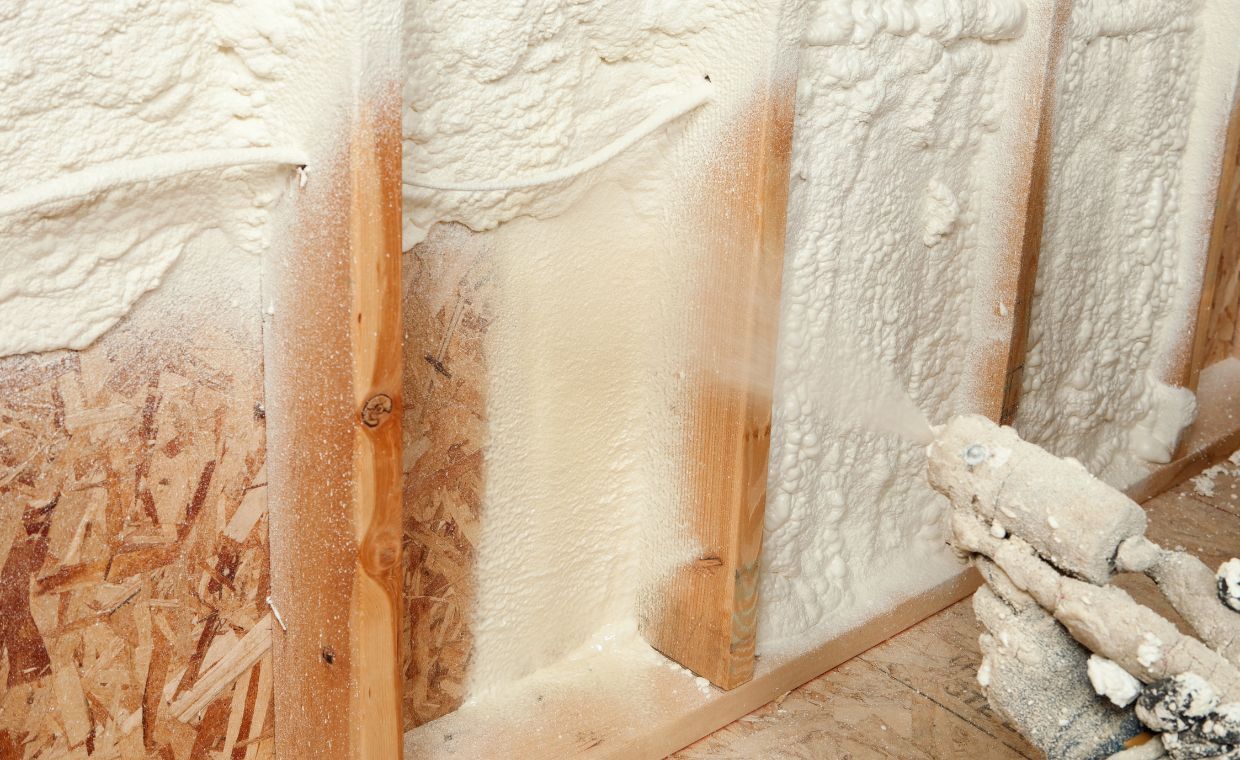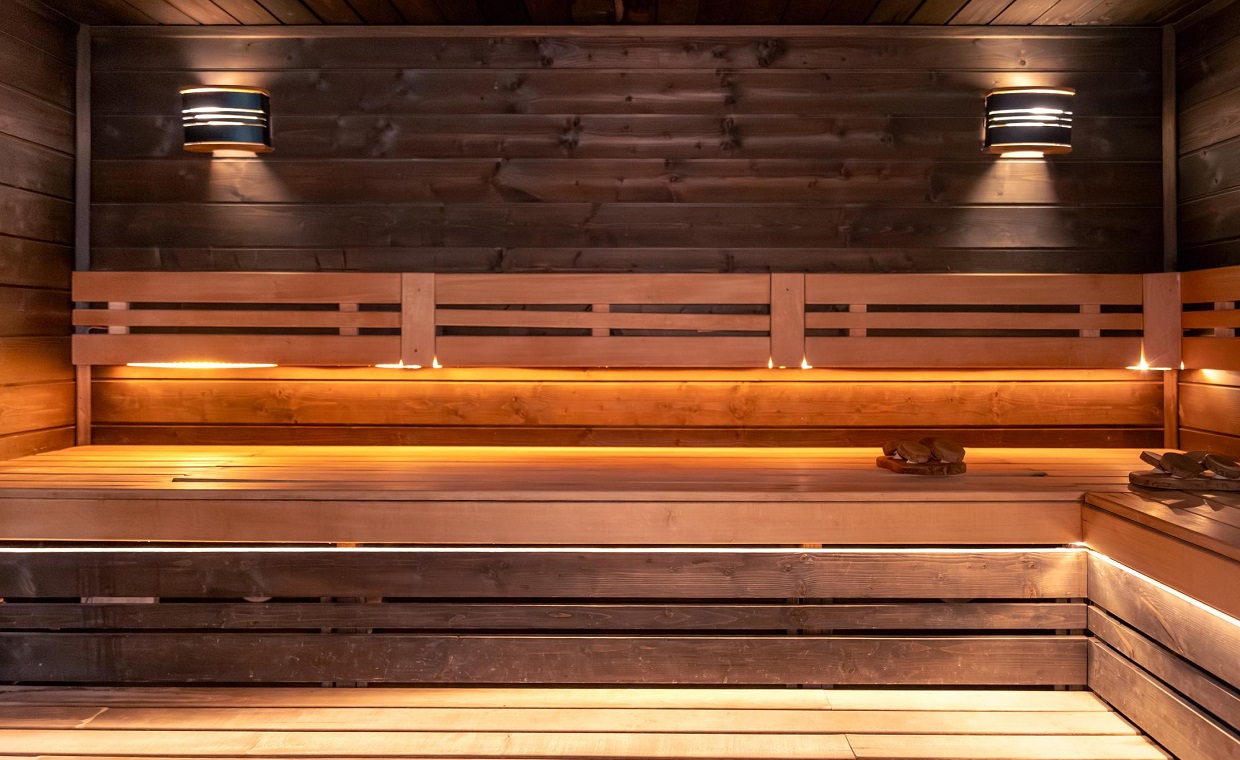
Rubber flooring is one of the most versatile and aesthetic options for home gym, and office spaces. This flooring material is best suited for high-traffic areas requiring additional underfoot cushioning. Rubber flooring is resilient, durable, easy to maintain, and available in different colours and designs to fit your home’s decor. In this blog, we have come up with what rubber flooring is, its pros and cons, types of rubber flooring, installation, and maintenance.
Let’s deep dive into the rubber flooring.
What is Rubber Flooring?
According to the Indian Standard, IS 809:1992, (Rubber Flooring Materials for General Purposes – Specification) “the rubber flooring shall be made from a compound of natural or synthetic rubber, which may contain reclaimed rubber and suitable fillers. All colouring matter shall be of good quality, insoluble in water, resistant to alkalies, direct sunlight, or artificial light.”
Types of Rubber Flooring
Rubber flooring comes in different types, such as tiles, rollers, and mats. Let’s understand each type of rubber flooring in detail:
01. Rubber Tiles
Rubber flooring tiles comes in two forms: Interlocking and Square Edge Tiles

You can install interlocking tiles using a free-lay method without any type of adhesive because they lock with each other. This is a temporary method of installation. Here, the tiles do not shift due to their locking characteristics.

Square edge tiles can also be installed through the free-lay method. However, they typically require an adhesive for permanent installation. They are cut with a sharp edge that is designed to create a virtually seamless finish from one tile to the next.
According to the Indian Standards, IS 809: 1992, (Rubber Flooring Materials for General Purposes Specification), the rubber tile sizes are 200 mm x 200 mm, 300 mm x 300 mm, and 500 mm x 500 mm.
02. Rolled Rubber Flooring or Rubber Sheets

Rolled rubber flooring is an ideal flooring option for covering a larger area with minimal seams. While some rubber sheets are compatible with temporary installations others are suitable for permanent installations. According to the Indian Standards, IS 809: 1992, (Rubber Flooring Materials for General Purposes–Specification), the width of the rubber sheet ranges from 0.9 to 2.1m.
03. Rubber Mats

Consider having rubber floor mats if you want to cover a large space with a temporary flooring solution. Rubber mats are great to use at entrances to prevent slips and falls, and preserve the longevity of your flooring. These floor mats are also available with finished edges and can often be dry-laid.
Also Read: How To Choose The Right Entrance Matting Solutions For Your Home
Pros and Cons of Rubber Flooring
Advantages of Rubber Flooring
01. Durability:

Whether it’s rubber tiles or rolls, they can withstand high traffic over a long period. The natural elasticity of the rubber makes these floors durable and resilient. These floors provide more cushion than other flooring types, which improves comfort and reduces injuries and fatigue.
02. Comfort:

Another advantage of rubber is that it provides comfort under the foot. It has shock-absorbing properties, making it an exceptional choice for areas where individuals stand or move frequently. It’s naturally slip-resistant.
03. Low Maintenance:

Rubber flooring is quite easy to maintain. Vacuum the floor regularly because rubber floors accumulate dirt and debris. Mop the floor at least once per week using a mixture of water and mild detergent. Spills too are easy to clean.
04. Slip Resistance:

Rubber flooring becomes more slip-resistant as it gets wet. Water from spills will not increase the risk of injuries. This makes rubber flooring a great option for an outdoor workout space.
05. Soundproofing Effect:
Rubber has sound-dampening properties that silence loud noises and the sound of footsteps. This also refers to rubber’s excellent insulation qualities.
06. Easy Installation:
The major benefit of rubber flooring is that it is easy to install. All it takes is simply piecing the tiles together. They do not require adhesive. Rubber rollers are easy to roll out.
Disadvantages of Rubber Flooring
01. Odour:

The rubber material and off-gassing from the glue holding the floor together give the rubber flooring a distinct odour. After installation, there is a strong stench, but it goes away in a few days.
02. Cost:

The drawback of rubber floors is that they are more expensive. So, it may be unaffordable for some people or if you are flooring a sizable space.
Rubber Flooring Maintenance

Maintain rubber flooring by sweeping or vacuuming regularly and cleaning with a damp mop. Use clean, plain water. However, you may add a mild soap, such as Ivory Snow, if the flooring is particularly dirty. Avoid solvent-based cleaners because they will damage rubber flooring.
Rubber flooring may deteriorate over a period of time. The rubber dries out, making the surface of the rubber floor brittle and dull.
As per the United States Department of Agriculture Forest Service, you may delay the aging process and brighten the flooring by sealing it with a thin layer of water-based emulsion floor polish.
Final Words
Rubber flooring is quite popular due to its durability and strength. We hope, this rubber flooring guide will be helpful for your new home. When you choose a flooring material, it’s important to carefully assess your room’s unique requirements and demands, as well as your personal choices.
You may also like to read the following article:






























